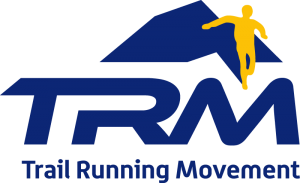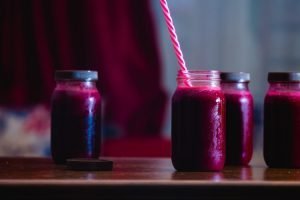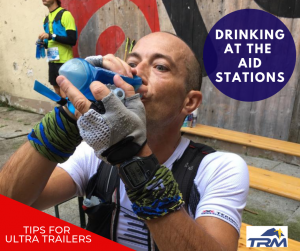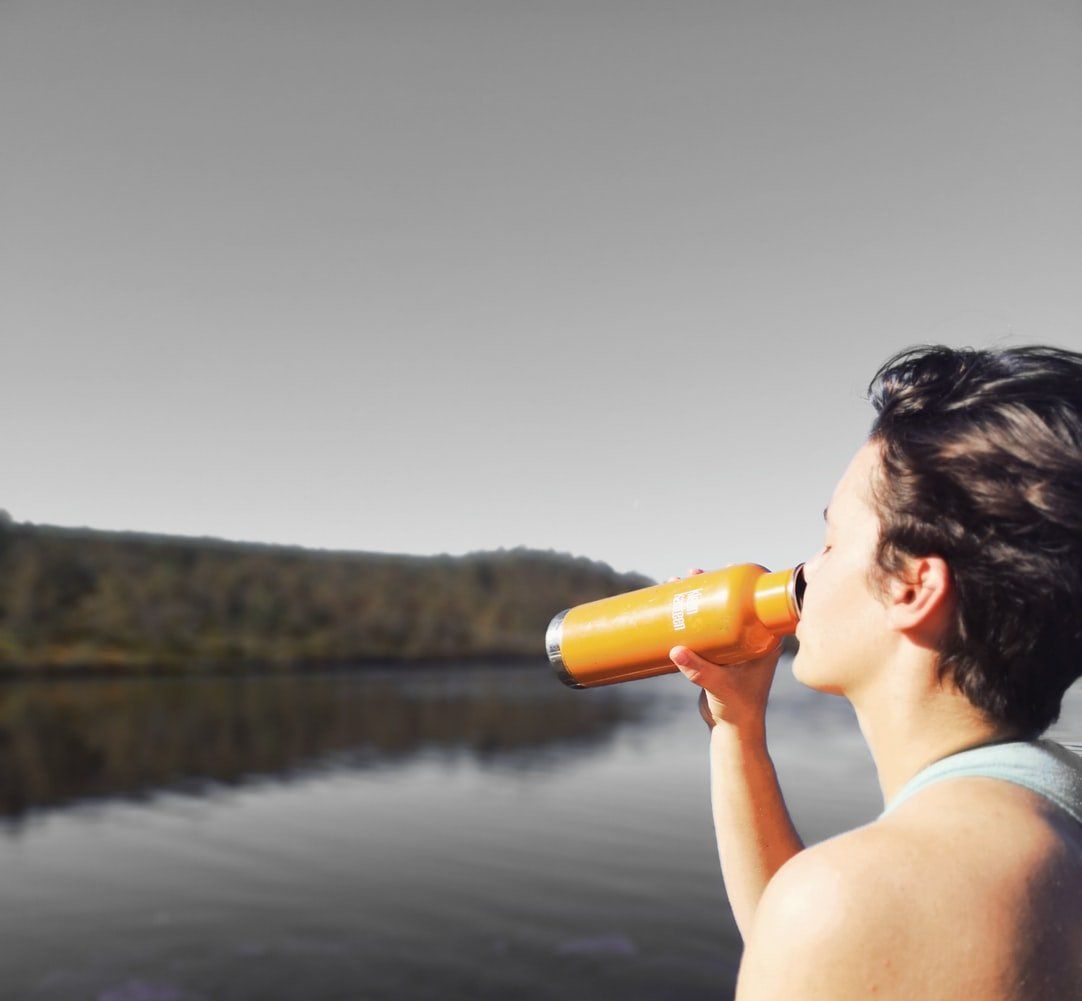
MINI-GUIDE: HYDRATION STRATEGY IN TRAIL RUNNING
Trail runners must take care of hydration carefully following a precise strategy and not waiting for the sensation of thirst to arise, usually when it is already too late (loss of water between 2% to 5%) and the first symptoms of dehydration appear. Here is a Mini-Guide to recognize the symptoms of dehydration and to hydrate properly throughout the day and in trail running workouts.
SYMPTOMS OF TRAIL RUNNER DEHYDRATION
The first symptoms of dehydration appear after the loss of low percentages of body fluids. Here are the main symptoms to help recognize excessive fluid loss:
- Tiredness
- Loss of concentration
- Nausea
- Cramps (-5% liquids loss)
- Decrease in concentration
- Loss of performance
- Feeling of fainting (-20-25% liquids loss)
Pay attention to the signs to avoid heatstroke that occurs around a loss of 30% of fluids. If you reach this point stop immediately and seek shelter from the heat and drink cool water.
EXAMPLE OF HYDRATION STRATEGY DURING THE DAY FOR A TRAIL RUNNER
It is important to distribute the intake of water and other liquids throughout the day:
- Breakfast: 1 cup of hot drink, 1 glass of cold drink (fruit juice or milk)
- Mid-morning: 2 glasses of water, 1 glass of tea (green)
- Lunch: 2 glasses of water
- Mid-afternoon: 2 glasses of water, 1 glass of tea (green)
- Dinner: 2 glasses of water
- Before going to bed: 2 glasses of water
HYDRATION DURING TRAIL RUNNING TRAINING
During training, it is advisable to use a drink that also contains energy and saline components. Here are some tips on how to choose and manage the drink:
- Drink 250ml of still water at least 15′ before training. The ACSM (American College of Sports Medicine) recommends drinking 1/2 liter of water 2 hours before starting physical activity
- Choose a drink with a pleasant and possibly delicate taste. If the taste is too strong, add plain water
- Take with you and drink at least 500ml / hour of energy drink with mineral salts, preferably isotonic, integrating the loss of liquids with other sources of water (identified along the way)
- Drink liquids on a regular basis, at least 150ml every 15-20′. Depending on the outside temperature, increase the intake.
- Try to keep the temperature of the drink between 10° and 15°
- In the case of very high external temperatures, over 28 °, it is advisable to dilute more your beverage to dilute the carbohydrates and, at the same time, slightly increase the sodium concentration.
HYDRATION AT THE END OF TRAIL RUNNING TRAINING
Reintegration during post-training trail running recovery is just as important as the phases that preceded it.
- You need to compensate for the loss of fluids with a drink rich in sodium and bicarbonate
- To replenish the equivalent of the weight lost during sports (to calculate the amount, weigh yourself before exercise and upon return)
- Use the beverage also as a source of supplementation of simple sugars
- Rest in the shade or in a cool place, indoor rather than in the sun
ADVANTAGES OF CORRECT HYDRATION IN TRAIL RUNNING
Proper hydration in trail running allows you to:
- Obtain greater concentration on the athletic gesture
- Avoid potential heat sickness • Increase performance, thanks to a more efficient cardiovascular system
- Limit the risk of hyperglycaemia (excess glucose in the blood) related to hydration
- Keep your muscles and joints in top condition • Facilitate recovery, thanks to a faster transport of macro and micronutrients
Find out more about trail running nutrition here Nutrition Articles or about Nutrition Plans specifically designed for trail running.
Scientific resources:
Fluid replacement during prolonged exercise: effects of water, saline, or no fluid
Diet, Hydration, Lifestyle and Training Practices of Elite Kenyan Endurance Runners
athletes hydration, energy drinks, hydration, post workout carbohydrates, Sports Diets, trail running nutrition, Trail Running Nutrition Plan, trail running programs, Trail Running Training



